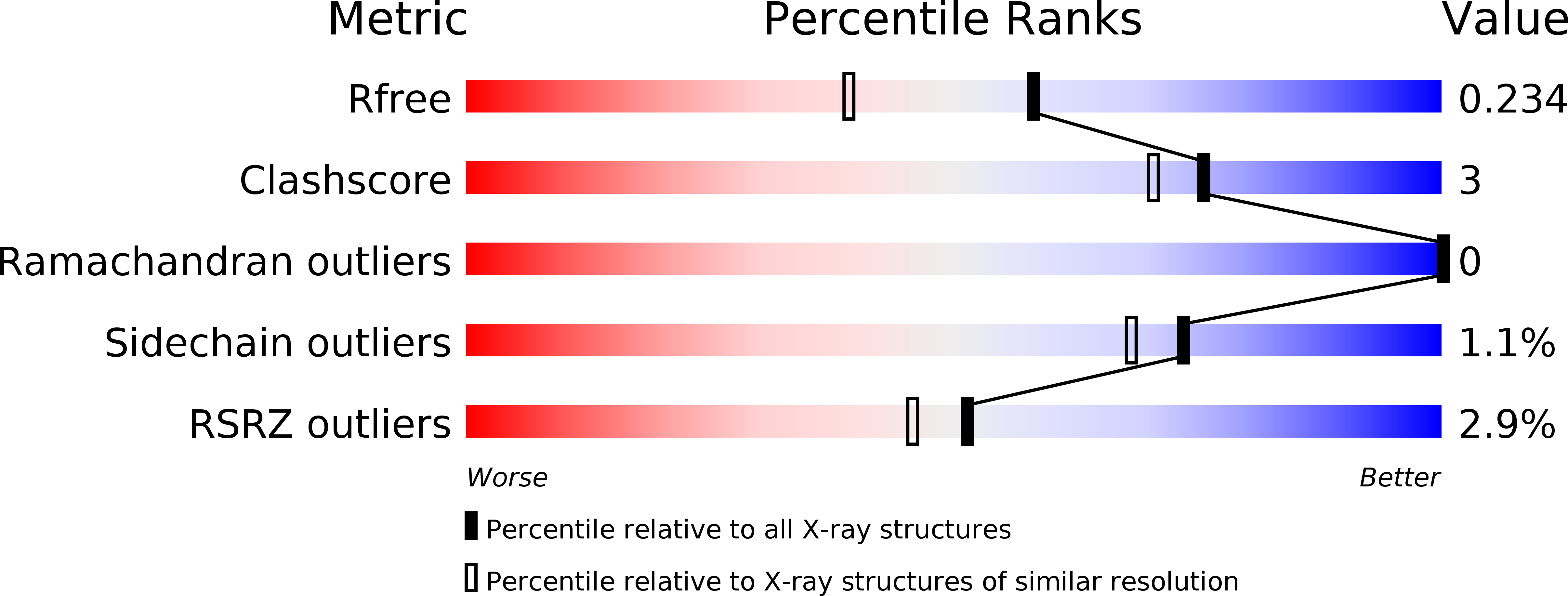
Deposition Date
2017-06-21
Release Date
2017-07-26
Last Version Date
2024-05-08
Method Details:
Experimental Method:
Resolution:
1.80 Å
R-Value Free:
0.23
R-Value Work:
0.19
R-Value Observed:
0.19
Space Group:
P 41 21 2


